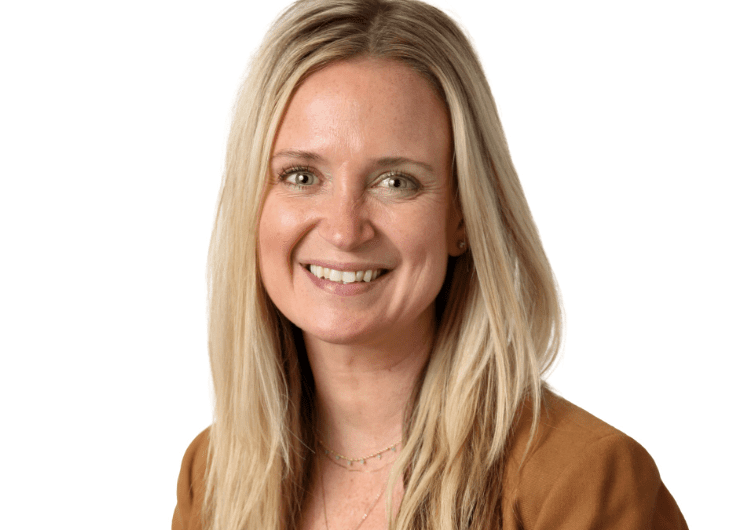If you’ve never been to the United States Tennis Center in Queens, NY, during the two weeks surrounding Labor Day, allow me to set the scene.
Some 600,000 people invade the complex each year for the US Open, the last grand slam tennis tournament of the professional tennis year (and the only one held on American soil). Hundreds of players from around the globe take to the courts for 14 days of hot matches played in even hotter temperatures. It’s a Mecca for tennis fans — as well as for corporate marketers looking to connect with educated, affluent, and active consumers who brave the worst in New York City traffic and asphalt-melting heat to glimpse the game’s greats.
But do sponsors really connect with attendees? Do tennis fans take time away from the real reason they pay up to $200 a ticket — the matches — to check out corporate activities?
Yes, they do.
The traffic jam leading down to Queens from PROMO’s Stamford, CT, home was nearly as bad as the Tennis Center’s parking arrangements. (A New York Mets baseball game at neighboring Shea Stadium forced the USTA to make parking lots out of grass fields and shuttle ticket holders to the complex on school buses.) But once I was dropped off at the main gate, I realized the inconvenience would be worth it.
On entering the gates I was greeted by a pair of American Express staffers, who asked how I was doing and whether I needed anything. I asked for the Media Center, and they quickly handed me a map of the area, circled where the press room was, told me to have fun, and sent me on my way.
Five minutes and two hot dogs later (I told you it was a rough trip down), I began surveying the promotional landscape, identifying sponsor locations and documenting what each was doing. The full sponsor list features Citizen Watch Co., IBM, JP Morgan Chase, Lincoln, MassMutual, Prudential Financial, American Express, FujiFilm, Heineken, United Airlines, Canon, Pepsi-Cola Co., Tyco International, Fila, The New York Times, Tiffany & Co., Tennis magazine, and Wilson Sporting Goods.
Strung Out
Easily making the loudest noise among sponsors were American Express and Lincoln, although the two used vastly different strategies to attract attention.
AmEx was low-key but pervasive, playing up the customer service that’s so vital to its brand message through three activities: package checks at which card holders can store their belongings; a Guest Services booth where staffers make dinner reservations for card holders and provide membership info to the uninitiated; and the up-front greeting teams who welcome all attendees.
The credit card company added some star power with celebrity autograph sessions at the Guest Services booth, and provided some on-site purchase incentives by offering commemorative Open pins for $100 in charges. (Buttons on concession stand workers heralded the offer.)
Lincoln, on the other hand, was blatantly ubiquitous. Following up last year’s indoor Immersion exhibit (September 2000 PROMO), the car maker got even more interactive with this year’s Innovations. The air-conditioned experience included back massages (provided by masseuses and masseurs from Manhattan health club Equinox in exchange for personal — but not that personal — data) and tennis clinics presented on a miniature court by pros from Wilson. Visitors could also lounge around couches and tables or view an exhibition of American luxury (furniture, clothing, and specialty items) that culminated in displays of the company’s Mark IV concept car and a limited-edition Navigator.
Outside, Lincoln’s vehicles were positioned around the grounds in displays that each had a unique feature: The Blackwood area proved to be one of the most popular activities in the complex, and drew a continuous line of visitors eager to provide some personal data to have their photo taken with a replica of the men’s championship trophy (the digital pics were later e-mailed). In the tourney’s first week, more than 5,000 people were strolling through Innovations and more than 1,100 were holding the faux trophy daily.
Second Set
Elsewhere, Heineken hosted its annual Red Star Café, which was packed morning through evening with fans watching the matches on a row of TVs or snacking on peanuts at branded umbrella-covered cocktail tables. The beer brand also continued its long-running cause marketing overlay by selling T-shirts bearing artwork by John McEnroe at merchandise stands (proceeds go to charity).
Meanwhile, the Fila store featured celebrity sessions (I watched well-known tennis coach Nick Bollettieri give pointers while I ate another hot dog) and a new line of US Open merchandise. Wilson’s store highlighted the company’s new multi-piece Triad racket (introduced off-site by a “Death of the One Piece” funeral march that had Wilson staffers carrying a traditional racket around Manhattan in a coffin). Pepsi was there in liquid form only: Cans had US Open messages and logos.
JP Morgan Chase apparently cooled its heels this year, after hosting a 2000 program that refunded ticket costs for attendees who opened checking accounts on-site. The company instead manned a booth that distributed entry forms into a sweeps dangling holiday trips to New York City. IBM, which operates usopen.org, took care of the details, plastering its logo on scoreboards and operating a large kiosk listing scores from every match.
Among smaller sponsors, Tennis magazine pitched subscriptions and USA Networks handed out its broadcast schedule. The USTA itself ran a bookstore, a membership booth, and stands selling merchandise for its Arthur Ashe Endowment charity. And of course, sponsor signage was positioned around the complex and courts on walls, clocks, nets, and monitors.
Time for an Ace
Tennis fans seemed to appreciate the physical separation between the matches on the courts and the brand activities around them, which let them choose if and when to interact with sponsors. “I haven’t been harassed like I was at the Super Bowl,” said a man from Cherry Hill, NJ.
All but one of the 25 people I spoke with said they participated in at least one sponsor activity. Half already had their mugs photographed by the Blackwood or said they were planning to do so. Six took advantage of an American Express amenity (18 recalled the front-gate greeters), while four consumed cocktails at Heineken’s Red Star Café — including two wearing McEnroe T-shirts.
But none of them could help me find my way back to the car.



